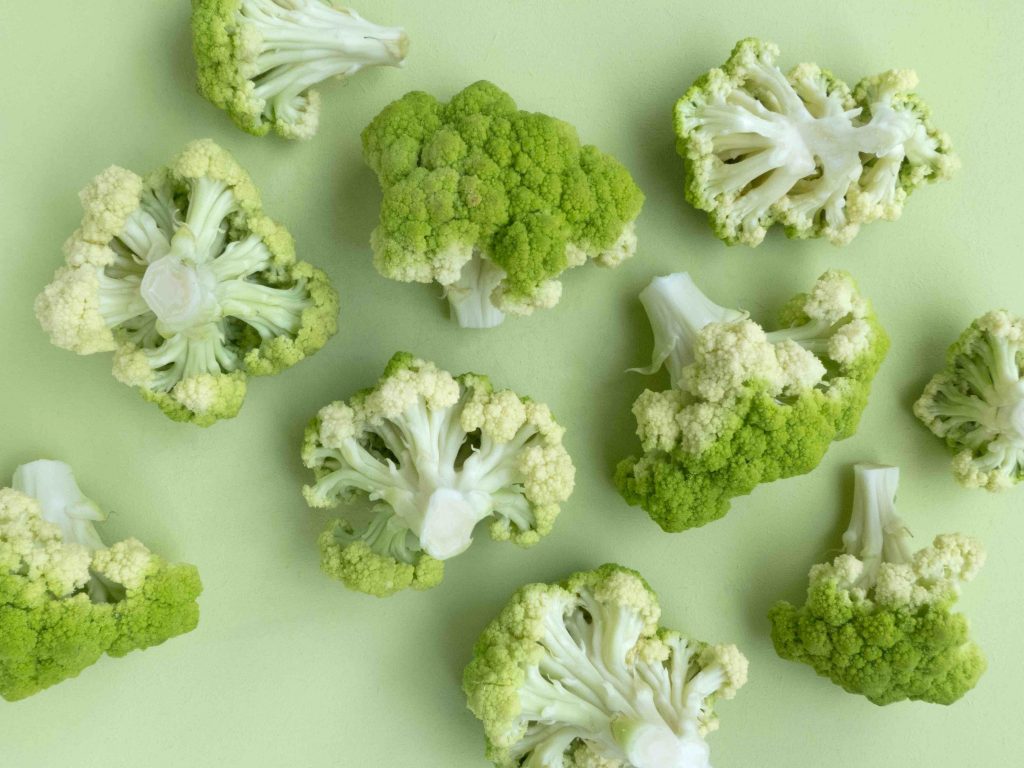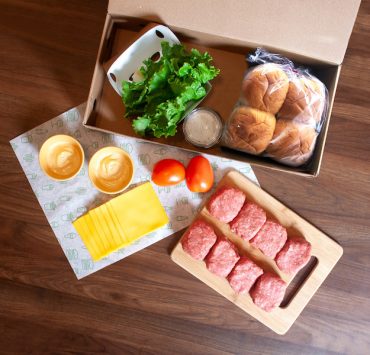If, like me, you find yourself buying lots of produce either from the grocery or through delivery service (we have a list of vegetable delivery services, BTW), everything will seem fine at first, especially with the sight of all this stock. But then you realize that you don’t have space in your refrigerator and frankly some of this will go bad sooner than others and you can’t eat them all at the same time.
This is not to say that vegetable stockpiling is not a good idea (it is!). Greens are easily the most nutrition-packed food you can store in quarantine. You just have to be strategic about it: plan in advance what you want to get and do with it, research what’s in season and store it properly.
Here’s a trick: Freeze vegetables you plan to use later. That way you preserve their flavor and nutrients while also having a supply of fresh ingredients you can use anytime.
Almost every vegetable can be frozen—not all

Picking out the freshest vegetable for freezing is key to success. However, not all produce is meant to be frozen. Peas, broccoli, cauliflower, carrots and beans, as well as leafy greens like spinach are best for this preserving method. What not to freeze: vegetables with high-moisture content like lettuce, cucumber and cabbage. Freezing them will just result in a mushy mess once you thaw them so eat them as soon as possible.
Preparing the vegetables

Once everything is sorted, make sure you have them fresh, not soft, bruised or with spots. If you are harvesting from your own garden, best to freeze them within a few hours after picking. Wash your vegetables in running water. Some can also be peeled and cut then separated into portions for easy organizing. You can pre-freeze individual pieces on a sheet pan so they don’t become an unbreakable blob of ice.
[READ: Please wash your fruits and vegetables—but not with bleach. Do this instead]You can even blanch your greens prior to freezing. This slows down the enzyme reactions that can cause loss of flavor, color and texture. It also helps prevent loss of vitamins.
Select the right container
Now you are ready to store. It is very important to choose the right container that will prevent moisture from forming. They should be durable, easy to seal and should not become brittle at low temperatures, according to the University of Georgia (UG) cooperative extension.
UG Atlanta suggests using plastic freezer containers, flexible freezer bags and their protective cardboard cartons, or certain wide-mouth glass canning jars with airtight lids.—just make sure they are suitable for freezing and leave an inch of space at the top.
Store and label properly
Even freezing doesn’t guarantee that you’ll have food in-store forever. Most frozen produce maintains its quality for eight to 12 months at 0°F or lower, so be sure to put a label on your containers or maintain a list of your frozen inventory. Going beyond this period will not make it unfit for consumption, but prolonged freezing will lead to a considerable decline in quality.
And oh, if you are finally using them, UGA says not to thaw your frozen vegetables before cooking.
Header photo by Willfried Wende from Pixabay
Get more stories like this by subscribing to our weekly newsletter here.
Read more:
Long-lasting vegetables you should consider on your next grocery run
5 foods you shouldn’t refrigerate (and how to store them properly)
How to optimize your fridge according to experts
Writer: CHRISTIAN SAN JOSE




